High in a birch tree, a large conk grows on the trunk–a sure sign the birch is decaying from the inside out. Conks, also known as shelf fungi or bracket fungi, are an external indicator that a tree may be rotten inside.
Bacteria and fungi both can cause decay, but fungi are more obvious, especially conks. While conks grow in a variety of shapes and colors, most assume a shelf or bracket shape with a woody or leathery top.
The conk visible on a tree trunk is only a small portion of the entire fungus. Actually, the conk is the reproductive part of the fungus, roughly comparable to a flower or cone.
What is not visible is the main body of the conk which is composed of slender filaments that are collectively called mycelium. The filaments, called hyphae, penetrate the substrate in which they grow, in this case wood, to absorb nutrients.
Fungi have to obtain food by absorption because they lack roots, stems, leaves and chlorophyll, which is why they are a fungus and not a plant.
As the mycelium absorbs nutrients in the wood, it decomposes the wood in the process. Therefore, shelf fungi are considered a major wood rotting fungus that cannot be killed once a tree is infected.
The rot caused by conks attacks the top of the tree, the heartwood inside and the base of the stem. Conks can either cause brown rot or white rot.
Brown rots make the wood dry, brittle and darker than the original wood. This is because the fungus cannot break down the lignin in the cell walls. Lignin is a reddish-brown molecule that makes the cells stronger and waterproof.
On the other hand, white rots makes the wood soft, spongy and whiter than the original wood. While white rots attacks both the lignin and cellulose (the molecules in paper), the rotted wood is white because the fungus leaves the cellulose behind.
Only after several years of decay by the mycelium does a conk form. Unlike familiar mushrooms that produce new reproductive parts every year (such as morels), a conk builds upon itself every year by adding a new layer. Each layer has pores on the underside of the ‘shelf’ that are vertically orientated. If a tree leans as it decays, the conk will grow new pores that are vertical the next year.
Vertical pores are important because the spores produced within the pores have to drop down the pore into the air without sticking to the sides. These spores then travel via air currents and ideally find a tree to establish itself in.
Since the chance of landing in an ideal location is slim, conks compensate by producing an abundance of spores. A large conk can release 30 billion spores a day for a period of six months–that’s five trillion spores released annually.
These spores can establish themselves on growing trees, fallen trees on the forest floor or any tree that is moist.
Without fungi, the forest floor would be littered with trees from hundreds of years because fungi are important recyclers. Fungi break down woody debris through rot which recycles nutrients back into the soil. The nutrient-rich soil then supports the growth of a tree in which a shelf fungus will establish itself someday.

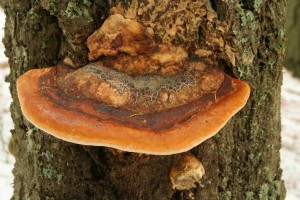
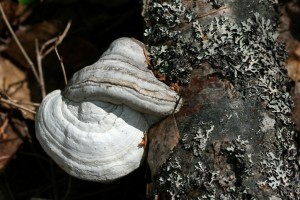
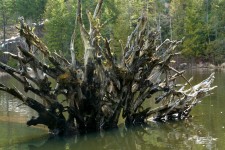

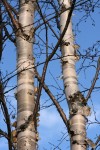
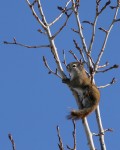
Thank you. Definitely saw wood conks on a tree in our development. Likely they will be leveled with new builds.